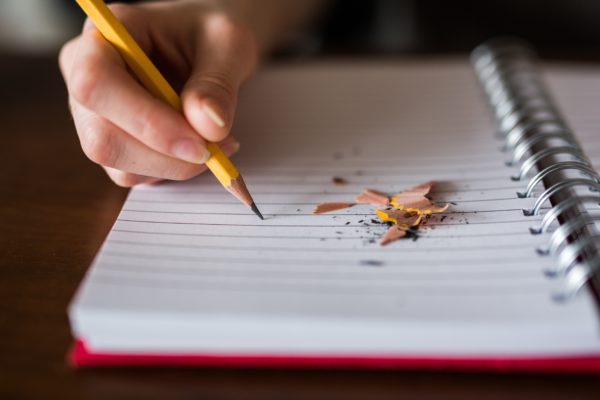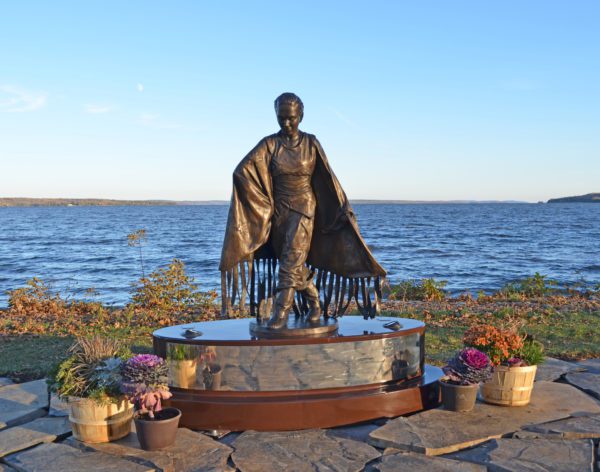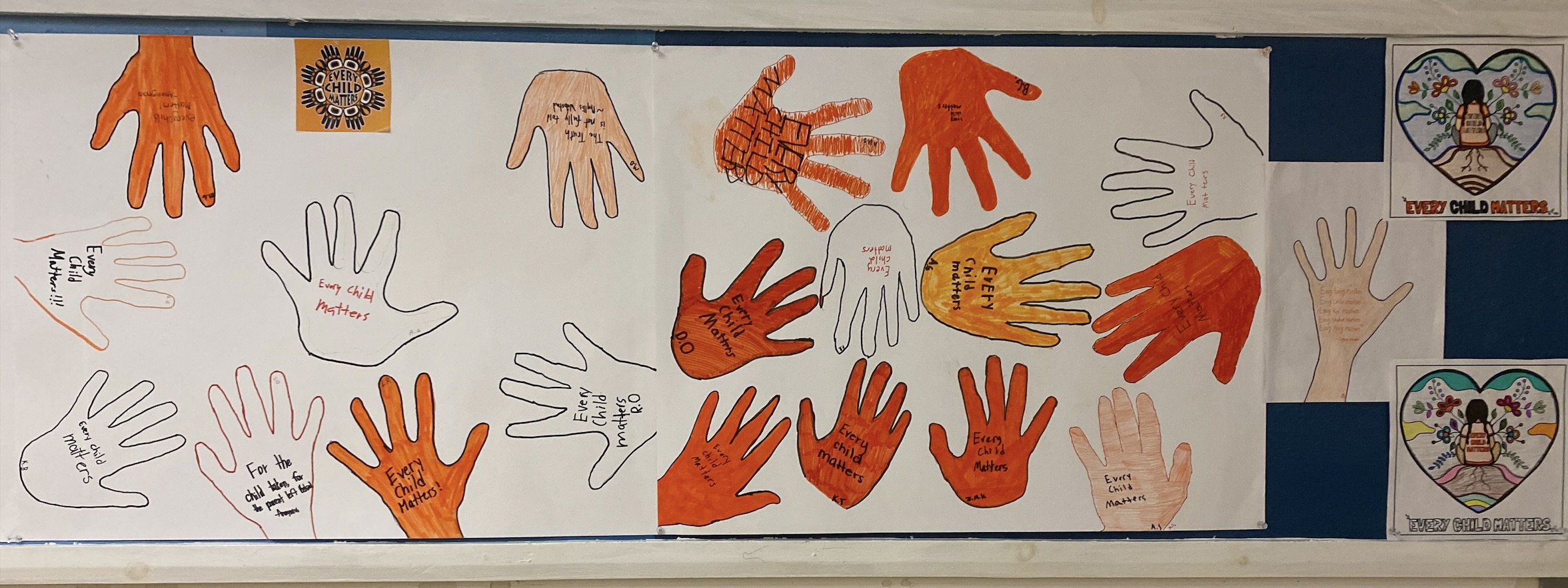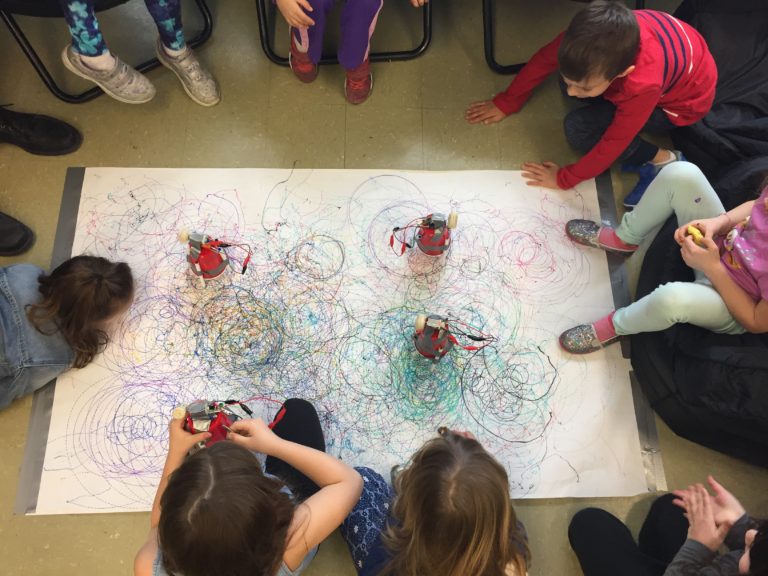Canada recognizes National Child Day on November 20. It’s a moment to celebrate the rights of children. Bringing attention to two historic events: the 1959 signing of the UN Declaration of the Rights of the Child and the adoption of the UN Convention on the Rights of the Child (UNICEF’s Child-Friendly Version) on November 20th,1989 where members of the global community, including Canada, committed to upholding the rights of children.
You might be asking yourself, what exactly are child rights?
The organization Children First Canada speaks about 4 groups of rights for children:
Survival Rights
Development Rights
Protection Rights
Participation Rights
There are a lot of cool resources that have been developed to help educators and young people learn about the topic.
The United Nations Convention on the Rights of the Child (Children First Canada’s child-friendly version) sets out the rights of children with 54 articles that provide us with a solid road map for younger children and one for older children to read. There are also wonderful short videos to explain what is needed to raise healthy and happy children and youth. As a follow-up, consider reviewing Child Rights while playing an ‘Intro to child rights’ Kahoot quiz created by UNICEF Norway.

I took a dive into the issue of child rights when I was put in touch with Kate Butler Ph.D. from the Canadian Coalition for the Rights of Children (CCRC). Kate let me know about the bilingual 3rd Annual Children’s Rights Writing & Expression Competition! they are sponsoring for students.
Teaching about Child Rights and then asking students to demonstrate their learning through a story, picture, or role-play (creative expression!) provides a great opportunity to talk to children and youth about human rights.
This ranges from
ARTICLE 19 – You have the right to be protected from being hurt and mistreated, in body or mind
ARTICLE 28-You have the right to a good quality education. You should be encouraged to go to school to the highest level you can.
If you want to learn more about the role of educators in teaching about child rights from some distinguished experts in the field, please join LEARN and the Canadian Coalition for the Rights of Children for a webinar on November 17th from 4:15 to 5:15pm. The one hour webinar will give an overview of child rights and the importance of Child Rights education. It will include a discussion about the writing/creative expression contest – including reflecting on past winners. It will feature Dr. Kate Butler, Dr. Candace Blake-Amarante and Dr. Hala Mreiwed. Compelling voices in the field of Child Rights education. Please join us! You can register here.
Interview with Dr. Kate Butler:
I wanted to hear more about the work of the Canadian Coalition for the Rights of Children (CCRC), to understand their passion for child rights so I spoke to Dr. Kate Butler, President, and Chair of the CCRC.
Please note that the interview has been edited for length and clarity.
Thinking about our audience of educators. Can you say a few words about the work you do and what it means to be a Director of this organization?
I think that one of the important things that I can do in my role at the CCRC is to reach out to those people who are on the front lines of talking and working with young people, such as educators.
I know that a lot of children’s rights education happens in the classrooms and in school settings. So I think that one of the things that I can offer to teachers are resources about what children’s rights are in accessible language, connecting teachers with further resources about how to teach certain parts of children’s rights, and linking to great videos,
Doing all these things, so it’s easier for teachers to fit this into their already busy curriculum. Figuring out how to ensure that if you want to talk about children’s rights in your grade five classroom, here are some resources you can pull to talk about cultural rights, like for Indigenous children, or children who have been in foster care.
I have a question specifically about the writing/creative expression contest CCRC is sponsoring. What do you think Canada can do better to make sure that children are learning more about rights?
Yeah, there’s so much they could do. So first of all, I think the federal government could take that role seriously and have more information on federal government websites about children’s rights and make it easy for kids to find it. So if you look at children’s rights, Canada has government websites with accurate information about children’s rights directed at young people, children and youth have one part of this website and educators and maybe one side parents. Maybe you have a fourth piece for social services, agencies. Add information aimed at different audiences and have really good quality interactive rights information for children. We know that countries that do it well, do that like that. The national government plays a role.

Second, in Canada, we want our provincial governments who are responsible for education to also step up. We want to have more children’s rights embedded in the curriculum. So right now, very few provinces have children’s rights in the curriculum. That’s true in Quebec as well, there’s not enough [opportunity to learn about] child rights in the curriculum. So we need it in mandatory classes, we need it at younger grades. So it can’t just be an optional grade 11 Social Studies course that like, you know, 8% of the population is taking. It needs to be in grade three, and four, and five, when all the kids are taking those classes and learning it. So I think Ministers of Education have a role to play.
I’d love to see teacher training programs doing a better job, (or perhaps that’s unfair), but doing more to educate teachers about children’s rights, and how you can introduce that into the classroom. That will be of course really useful for new graduates. For people who are already teachers, maybe there’ll be a way to work with teachers unions to do as in Ontario, [offer] additional qualifications. Offer extra training that teachers can do on children’s rights.
So I think that perhaps unions could do some work there too, or outside groups, like my own, could work with unions to support them to support teachers.
And then I guess I would say that I hope parents could learn about right. So we could have a public education campaign for parents to teach about rights. That could be federal, that could be provincial, that could just be from a nonprofit, it doesn’t really matter who initiates that campaign. I think the important thing is that parents have more information at their fingertips about children’s rights and how to empower their kids to realize those rights.
What would you like to share with educators about your work and child rights? What is the role of teachers in child rights?
Teachers are, I would say, responsibility holders. They have a responsibility under the Convention on the Rights of the Child, to act in the best interest of the child to help to ensure that children are safe, have their rights to food and health, and water and all those things met.
Of course, we don’t expect teachers to do all that alone, they are part of the system, they are part of the education system in particular. So they’re part of that ‘right to education’. However, teachers play a very important role in being a safe adult in kids’ lives. So for kids who do have intersections with the child welfare system or the justice system to which I imagine teachers [can] see a lot of. I guess I would say that they [teachers] are there to provide another sounding board, for you to tell them that their door’s open and when they do see rights violations, they have a responsibility to go to children’s aid to go to the social services, or to the very least, bring this up with someone else in that child’s life.
Because I think, one of the sad things that I have had to do in my career is to look at when things have gone wrong with the system, right? When someone slipped through the cracks and when bad things have happened. And, too often, it’s that there weren’t enough eyes on that child or that child didn’t have anyone to go to. And so I would urge teachers who are listening, who are thinking about children’s rights and thinking about their children that they work within the welfare system to step up and to ask that child if there’s anything they can do.
Tapping into children’s sense of fairness
As educators, let’s reinforce article 42 of the Convention on the Rights of the Child – Governments should actively tell children and adults about this United Nations Convention on the Rights of Child so that everyone knows about children’s rights.

A monument of Shannen Koostachin
Part of my feeling that Child Rights is a relevant and engaging topic for educators to spend time on with their students comes from my eight-year-old daughter’s fascination with the Rebel Girls series.
These books celebrate female activists and changemakers. I asked her why she enjoyed the books so much, and she responded that “it’s about strong girls, and reading about them helps you [to] be like that”.
I prompted her to say more and she replied that she “enjoys hearing stories of people helping other people if they’re having problems. To help do what they are doing”. This makes me think that she likes learning about the historic work of securing justice and fairness for all people.
Learning about the rights of the child can be a great topic to spark dialogue and active learning in the classroom. Opportunities to learn about the efforts of activists like Nobel Peace Prize winner Malala Yousafzai who fought for gender equality in education and International Children’s Peace Prize nominee Shannen Koostachin who struggled for equal access to quality schooling for Indigenous Children in Canada.
The engagement in this topic is also reinforced by student messages on the theme of Every Child Matters – a demonstration of learning about Truth and Reconciliation in Canada’s relationship with Indigenous peoples. It speaks to the potential and ongoing engagement of children learning about child rights not being respected in the past and present.

Students of St. Paul’s River, QC
Bringing a discussion on child rights into the curriculum fosters citizenship. There is an opportunity to talk about what it means to protect the rights that we enjoy in Canada and to recognize that people around the world (including in Canada) continue to fight for their rights to be respected. This discussion can lead students to consider our responsibility to respect the rights of everyone in Canada and support the global struggle for all children to grow up in a safe and supportive environment.
I feel like every time I write one of these blog posts. I come to the conclusion that this work requires educators to engage youth through the head, heart, and hands. I look forward to seeing many wonderful bilingual submissions to the writing contest from schools in our English Speaking Community.
Photo credits
Featured image: Photo by Steve Shreve on Unsplash
Pencil on page: Photo by Thought Catalog on Unsplash





